|
Gegenes pumilio / Pigmy Skipper
Pumilia
Hesperiidae - Hesperiinae
Gegenes pumilio (Hoffman[n]segg, 1804) TL: Naples.
 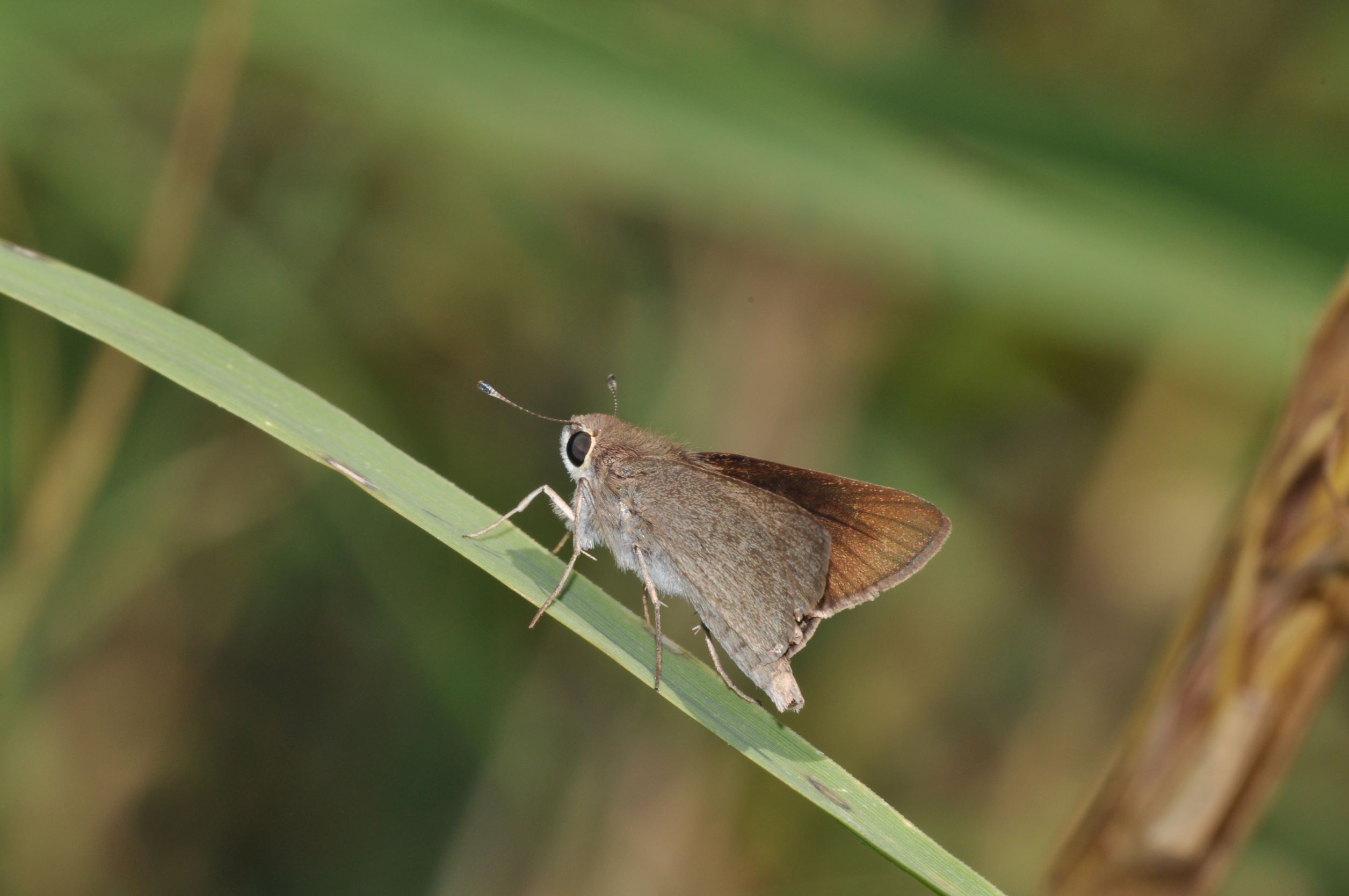
 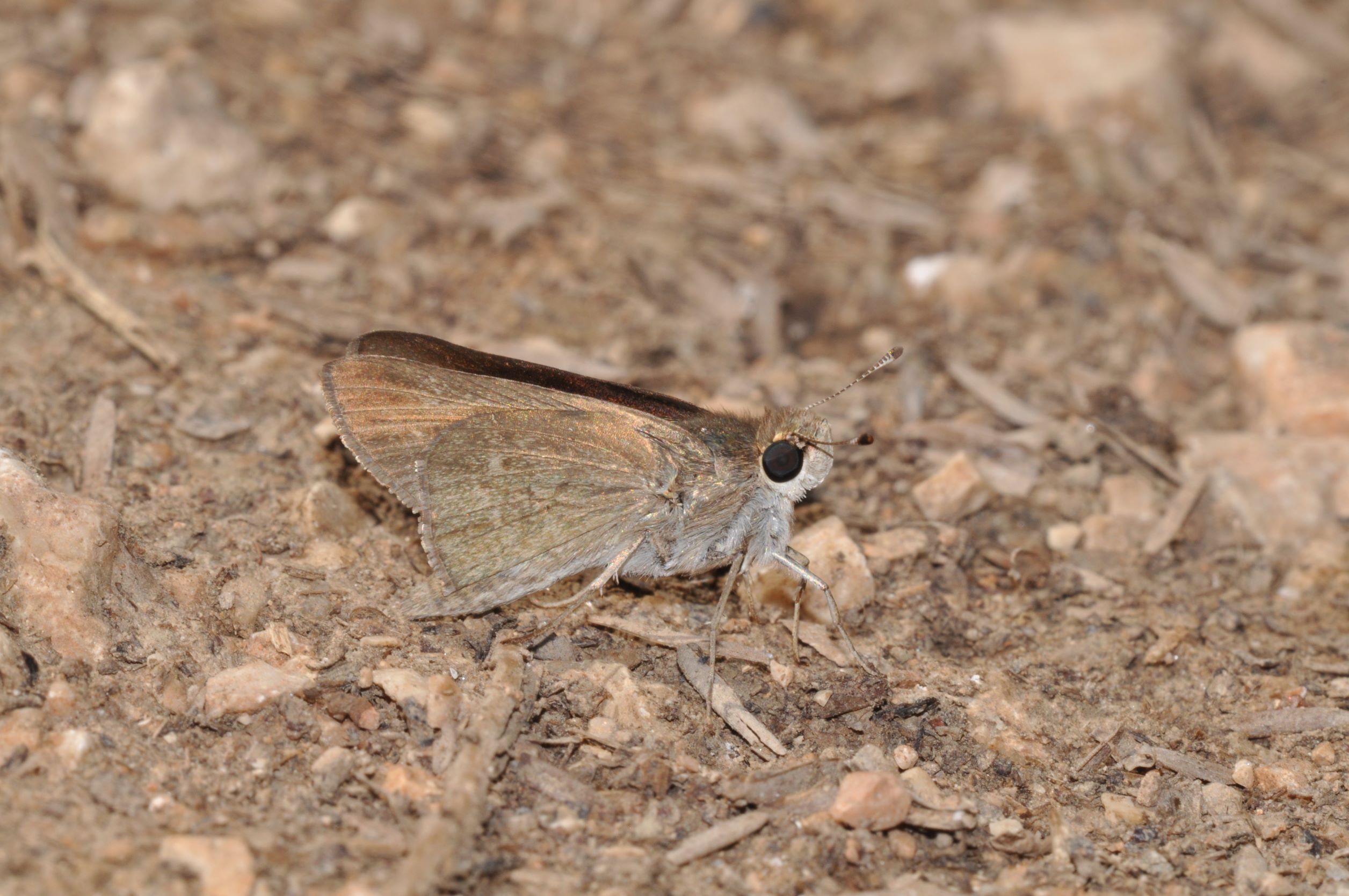
1a. Gegenes pumilio, distribution map (09.i.2025).  Historical data ; Historical data ;  Additional data from the 2018 update ; Additional data from the 2018 update ;  New observations since the 2018 update. New observations since the 2018 update.
1b. Gegenes pumilio. Greece (© Sylvain Cuvelier)
1c. Habitat of Gegenes pumilio. Greece (© Sylvain Cuvelier)
1d. Gegenes pumilio. Greece (© Sylvain Cuvelier)
Description
♂♂
Small butterfly. Fw: 14 mm.
Ups: unmarked, very dark brown gc (fresh specimens)
Uns: pale grey-brown. Lorkovic' character (spread specimens): underside forewing with dense dark brown scales not hidden bij hair tuft at the coastal edge of hw.
These hairs can also be absent in G. nostrodamus because they were rubbed of by age or rough handling.
♀♀
Slightly larger than ♂♂.
Ups: series distinct pale discal spots.
Uns: pale grey-brown. Lorkovic' character (spread specimens): underside forewing with dense dark brown scales not hidden bij hair tuft at the coastal edge of hw.
These hairs can also be absent in G. nostrodamus because they were rubbed of by age or rough handling.
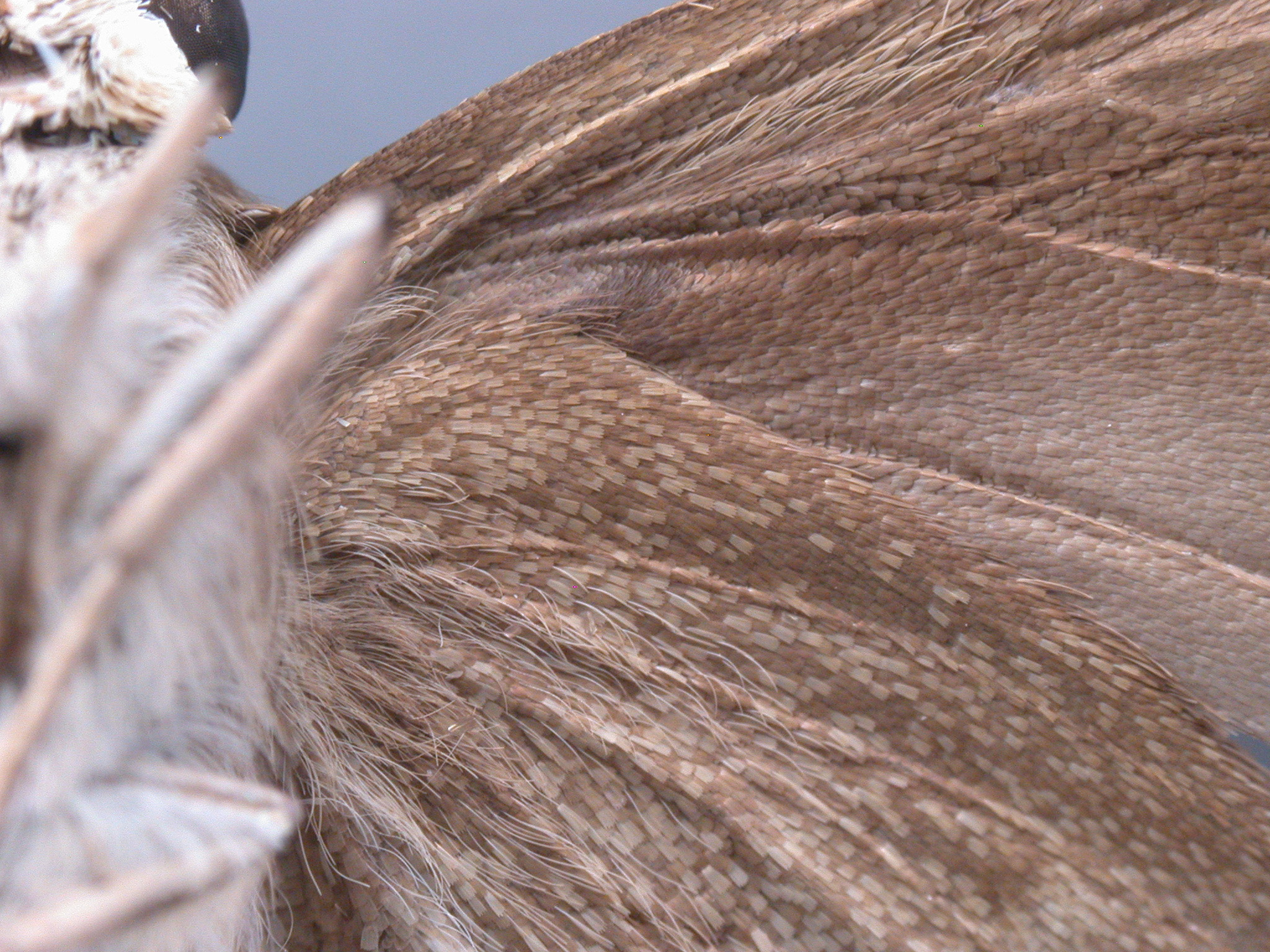
2. Gegenes pumilio ♂, Lorkovic' character: absent hair tuft at the coastal edge of the left forewing underside. Greece (© M.J.Taylor; url)
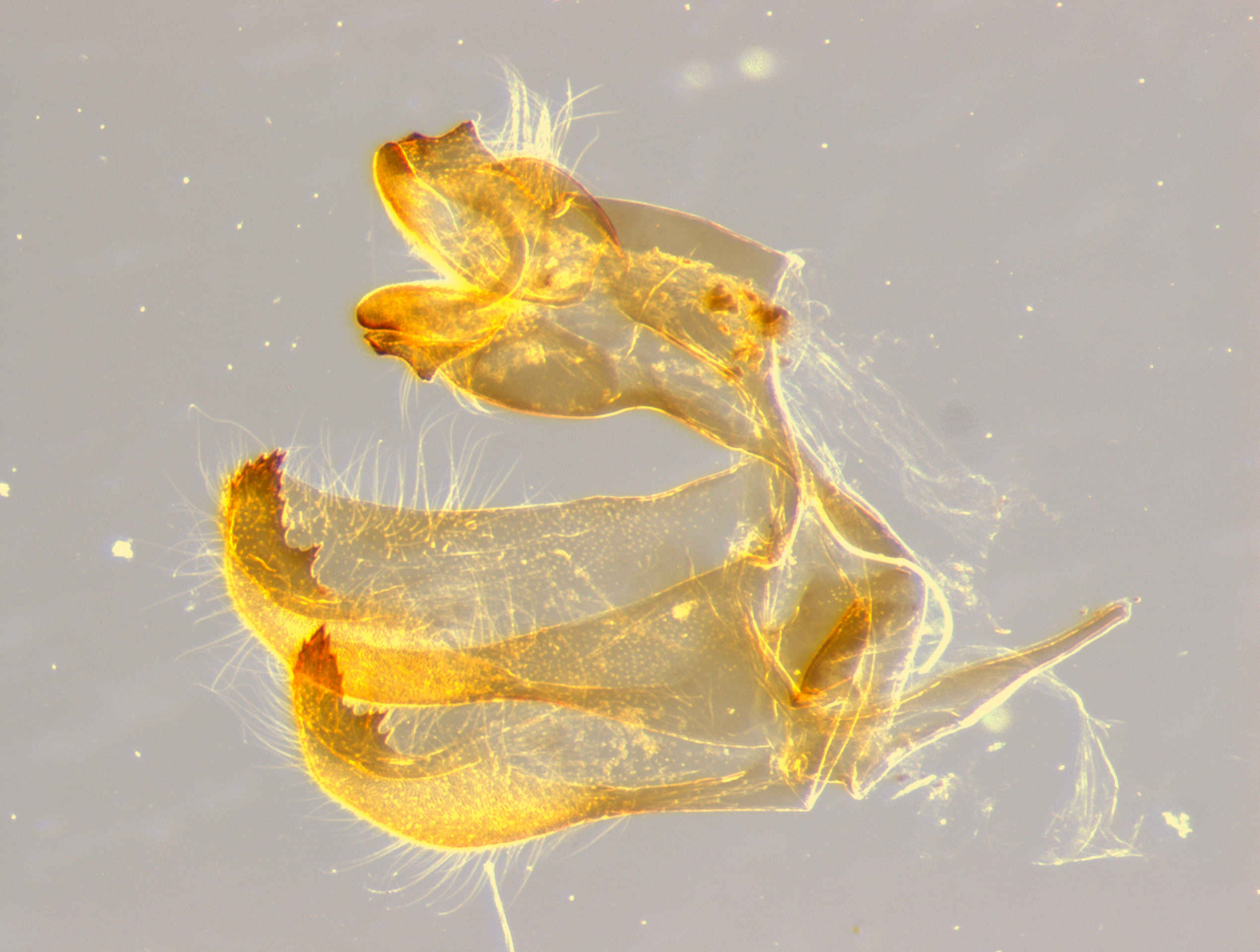 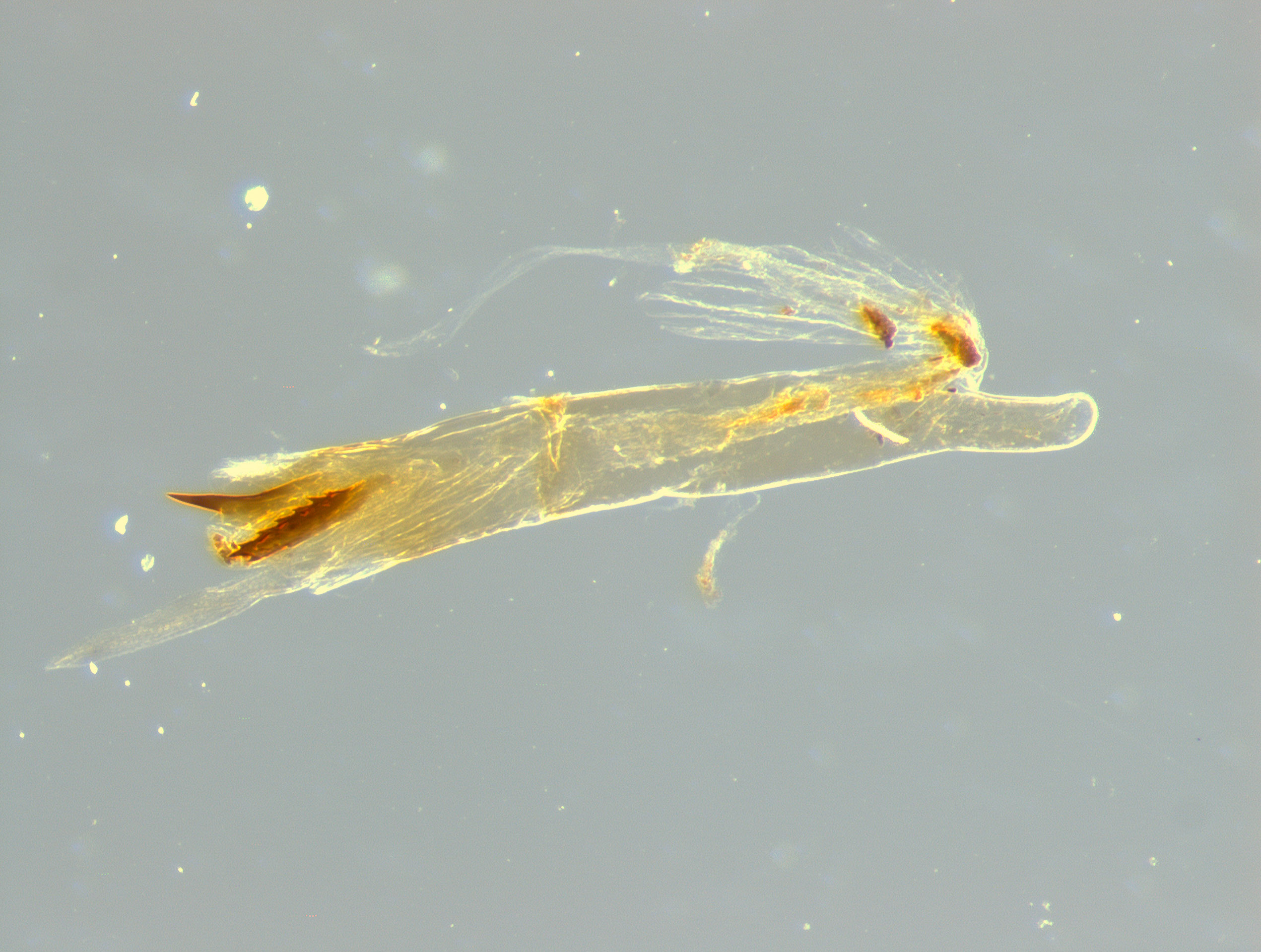
3a. Gegenes pumilio ♂, genitalia lateral view, aedeagus removed. Greece (© M.J.Taylor, url)
3b. Gegenes pumilio ♂, aedeagus. Greece (© M.J.Taylor, url)
Similar species
Gegenes nostrodamus
Slightly larger butterfly.
Not easily distinguished externally, particularly females.
Ups: pale brown upperside indicative but insufficient for a certain identification.
Uns: Lorkovic' character (spread specimens): underside forewing with dense dark brown scales hidden by a hair tuft at the coastal edge. These hairs can also be absent in G. nostrodamus because they were rubbed of by age or rough handling. When this hairtuft is present, it is a strong sign of a G. nostrodamus.
The male and female genitalia bear clear differentiating characters. Details can be found in the useful links hereunder. This is the recommended way for identification of Gegenes butterflies.
Life cycle
Adults: two or more generations, from April to October.
Egg: short stage.
Caterpillar: develops slowly and overwinters.
Pupa: short stage.
Habitat
Gegenes pumilio inhabits hot, dry, rocky or sandy, habitats, ♂♂ often resting on paths and stones in full sun, generally from lowland up to 250 m, rarely up to 1000 m a.s.l.
Mostly in coastal areas, ditches and low river valleys with sparse vegetation.
Spatial requirement modest despite the fact that it may well fly distances, population density rarely moderate.
Foodplants
Caterpillars feed on drought-resistant grasses which still offer reasonable food even in summer: Hyparrhenia hirta, Imperata cylindrica, Phragmites australis, Setaria verticillata and Sorghum halepense.
Butterflies are rarely seen feeding.
Distribution
Albania: local.
Balkan: AL - BG - BIH - GR - HR - NMK - MNE - RKS - RO - SLO -SRB
Europe: IB* - IT - ALP - BAL - NWE - UK - SCA - EEU
Asia Minor, Near East, Arabia and further east.
Conservation status
Gegenes pumilio is not endangered.
Albanian Red List: NT.
IUCN Red List, category at the Mediterranean level: LC.
Useful links
Pyrgus.de
Lepiforum
leps.it
Euroleps
(url) Coutsis J. 2012. A comparison between the female genitalia of Gegenes pumilio and those of G. nostrodamus (Lepidoptera: Hesperioidea) — Phegea 40(1): 39–40.
(url) Kolev Z. & Shtinkov N. 2016. The Pygmy Skipper Gegenes pumilio: a new species to Bulgaria, and a confirmation of its occurrence in the eastern Balkan Peninsula (Lepidoptera: Hesperiidae). – Phegea 44(1): 17-22.
(url) de Jong R. & Coutsis J. 2017. A re-appraisal of Gegenes Hübner, 1819 (Lepidoptera, Hesperiidae) based on male and female genitalia, with the description of a new genus, Afrogegeness. — Tijdschrift voor Entomologie 160: 41-60.
|
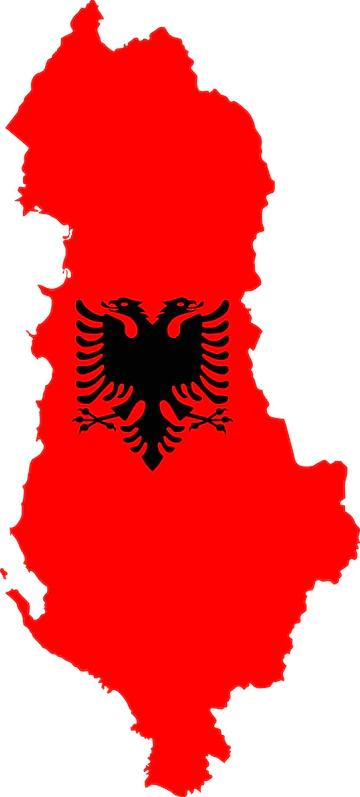 xx
xx 

 Historical data ;
Historical data ;  Additional data from the 2018 update ;
Additional data from the 2018 update ;  New observations since the 2018 update.
New observations since the 2018 update.

